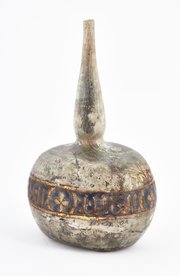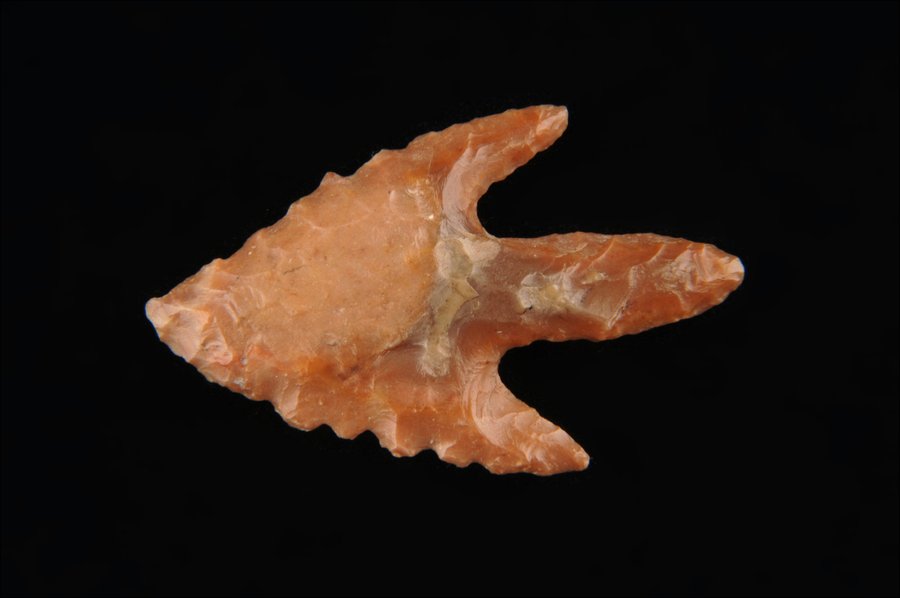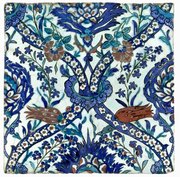
Arrowhead
National Museum of Qatar
- Title:
- Arrowhead
- Production place:
- Qatar
- Date:
- 6500 - 3200 BCE
- Period:
- Neolithic
- Title:
- Arrowhead
- Production place:
- Qatar
- Date:
- 6500 - 3200 BCE
- Period:
- Neolithic
- Material:
- Flint
- Technique:
- Flaking, Retouching
- Dimensions:
- 3.71 × 2.29 × 0.56 cm
This small flint stone arrowhead would have been used for hunting and warfare. It is very finely worked and has a tang, or central stalk, used to attach it to a wooden shaft. Once the arrowhead had struck its victim, the two, pointed barbs on each side would have served to prevent it from falling out of the wound.
The climate in Qatar was wetter during the Neolithic period than it is today. As such, both large and small wild animals would have been common, including hares, gazelles, camels, equids (similar to donkeys), ostriches and maybe even wild cattle. Hunting with bows and arrows even extended to birds and fish.
This arrowhead was found in Al Da‘asa on the west coast of Qatar. This archaeological site contained a type of pottery known as Ubaid ware which was imported from southern Iraq, demonstrating that the Neolithic people of Qatar had wide-ranging contacts with neighbouring areas.



